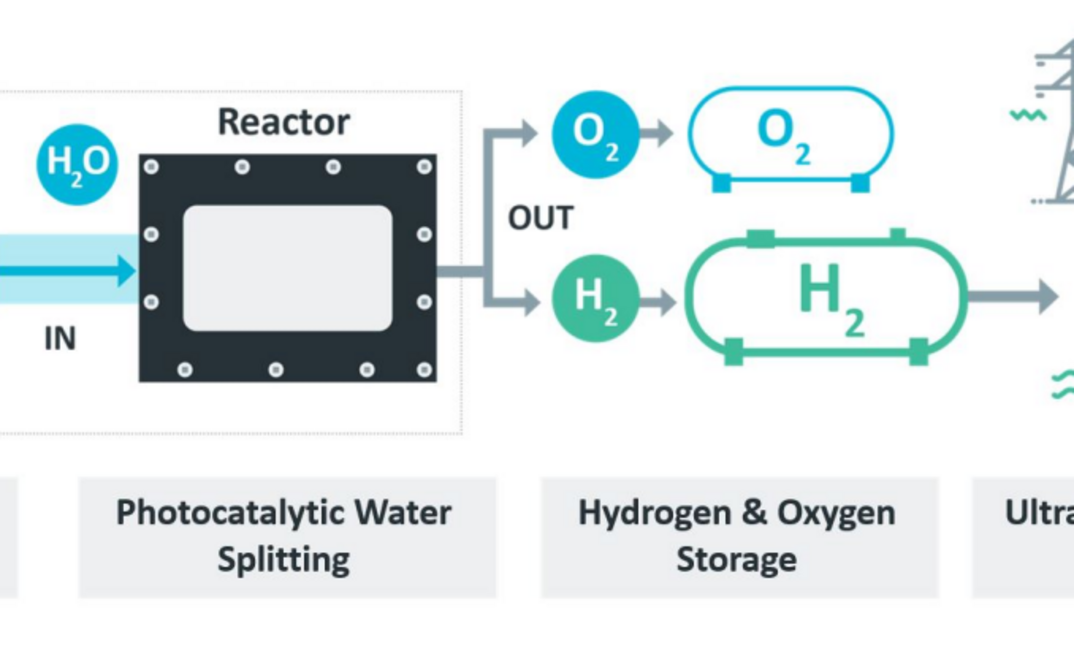-
SOLUTIONS
ENERGY TRANSITION
FFI buys in for new type of hydrogen tech
FORTESCUE Future Industries has paid A$1.8 million for a 20% stake in a South Australian hydrogen startup that aims to create hydrogen from the sun and water with one key difference: it bypasses renewable energy sources and electrolysers.
Rather, it will use photocatalytic water splitting, a tech that while not new is not used due to its current relatively low efficiency.
FFI has moved on Sparc Hydrogen which has an exclusive licence to develop green hydrogen technology from the University of Adelaide and Flinders University.
FFI calls it a "promising early-stage technology that has the potential to create significant energy efficiencies".
Sparc Hydrogen is a joint venture between Sparc Technologies and the University of Adelaide. At stage 2 ffi may invest another $1.475 million, taking its interest to 36%.
The university holds 28% of the entity.
Despite this the parent company, Sparc Technologies, closed down over 17% today on the ASX.
FFI's latest buy has come with a much smaller price tag than its previous one, battery technology company Williams Advanced Engineering, which it paid US$223 million (A$310M) for to help accelerate the decarbonisation of its mining fleet.
A November presentation to market by Sparc notes the lower capital and operational spend of its nascent tech over traditional hydrogen creation methods, and that it is exploring incorporating graphene into the photocatalyst.
However, its explanation of the difference between electrolysis and its process merely notes it uses ‘photocatalytic water splitting' in a reactor.
Photocatalytic water splitting is essentially a synthetic form of photosynthesis that needs a catalyst, in this case seemingly graphene given that is Sparc's other area of interest.
While not remotely an entirely new idea in the science community it is not something that has ever been scaled up, let alone commercialised. While seemingly cheaper than traditional green hydrogen given it needs neither renewable energy nor costly electrolysers it remains at an earlier stage of development.
In early 2020 Tokyo University scientists used a specialised type of rust as a catalyst and found in their lab trials it was a staging 25 times more productive than titanium dioxide catalysts used previously. In fact, titanium dioxide has been used since the 1970s, but not at scale given the cost of the catalyst.
The Japanese researchers however used a mercury oxide lamp and a methanol-water solution, making ingredients again more complex than simple water and sun.
Sparc Hydrogen has earlier received a grant from the Australian Solar Thermal Research Institute totaling $2.5 million over five years.
"Sparc is extremely excited to be working with a company of the calibre of FFI, which has demonstrated its credentials as being a world leading company in green hydrogen," executive chairman Stephen Hunt said.
"FFI is well placed to assist the development and commercialisation of Sparc Hydrogen's green hydrogen photocatalytic technology."
The FMG offshoot still sees the method as cost competitive over electrolysis, even as it is building what it says is one of the largest electrolyser factories in the world at Gladstone in Queensland.
It is one of a slew of deals the mining company's green energy offshoot has made this year alone as it aims to become one of Australia's largest green hydrogen players.

ENB CCS Report 2024
ENB’s CCS Report 2024 finds that CCS could be the much-needed magic bullet for Australia’s decarbonisation drive

ENB Cost Report 2023
ENB’s latest Cost Report findings provide optimism as investments in oil and gas, as well as new energy rise.

ENB Future of Energy Report 2023
ENB’s inaugural Future of Energy Report details the industry outlook on the medium-to-long-term future for the sector in the Asia Pacific region.

ENB Cost Report 2021
This industry-wide report aims to understand current cost levels across the energy industry




















